Breadcrumb
Iran locates plane wreckage after mountain blizzard
The deputy governor of Kohgiluyeh and Boyer-Ahmad province was quoted by state media as saying the wreckage had been located near the town of Dengezlu, in Semirom county, Isfahan province.
However, the Iranian aviation authorities could not confirm reports that the site of the wreckage had been found.
"We are facing a total enigma. We do not know anything about the crash," Iran's Minister of Roads and Urban Development Abbas Akhoundi reportedly told Tasnim news agency on arrival in Semirom.
The crash of the aircraft, brought back into service only months ago after being grounded for seven years, was yet another fatal aviation disaster for Iran, which for years was barred from buying necessary airplane parts due to Western sanctions over its contested nuclear program, forcing Iranians to fly in aging aircraft.
Press TV said search teams reached the crash site before dawn on Monday. The station said the weather had improved though it was still windy.
Intense winds, rain and snow had made the mountainous conditions even more treacherous and forced the search operation to be postponed until morning.Aseman Airlines flight EP3704 disappeared from radar 45 minutes after taking off from Tehran.
The ATR-72 twin-engine plane, in service for 25 years, left the capital's Mehrabad airport at around 8:00 am (0430 GMT) and was heading towards the city of Yasuj, some 500 kilometres (300 miles) to the south.
The Red Crescent said 45 teams had been deployed on Sunday to the Dena mountain of Iran's southwestern Zagros range, but there was no sign of any wreckage until the next morning.
"The mountainous terrain is impassable. Thick fog and snow and rain have made it impossible to use helicopters," said Morteza Salimi, head of its rescue and relief section, on Sunday.
The airline said 60 passengers, including one child, were on board flight EP3704, as well as six crew.
It was the third disaster to strike Iran in recent months, after an earthquake that killed at least 620 people in Kermanshah in November and 30 Iranian sailors were lost in an oil tanker collision off China's coast last month.
Supreme leader Ayatollah Ali Khamenei sent a message of condolence, saying the news had "left our hearts overwhelmed with sadness and sorrow", according to state television.
Ageing fleets
Families of the passengers gathered at a mosque near Mehrabad airport.
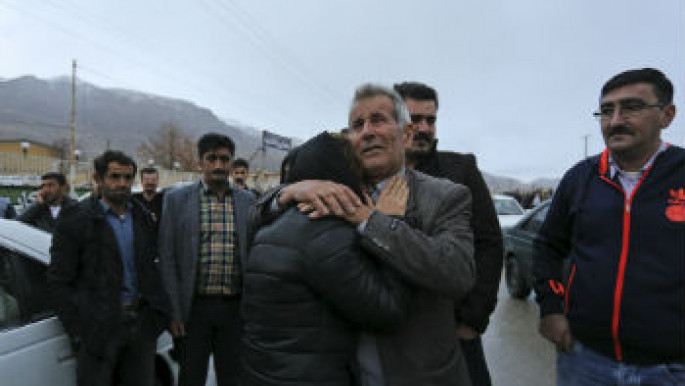 |
|
| Families of the passengers gathered at a mosque near Mehrabad airport on Monday morning [Getty] |
"I can't bring myself to believe it," said a woman whose husband was on board.
A man who missed the doomed flight told reporters of his conflicting emotions.
"God has been really kind to me but I am so sad from the bottom of my heart for all those dear ones who lost their lives," the unnamed man told the Tabnak news website, which showed a picture of his unused ticket.
A Greek seismologist was also scheduled to take the flight but missed it after getting stuck in traffic, Greece's ANA news agency reported.
"I had planned to go to Yasuj on this flight, or the next if I missed it, but because of huge traffic jams in Tehran, I didn't get on board the plane in the end," Akis Tselentis was quoted as saying.
Decades of diplomatic isolation have left Iran's airlines with ageing fleets of passenger planes which they have struggled to maintain and modernise.
Aseman's fleet includes at least three ATR-72s that date back to the early 1990s, according to the IRNA news agency.
France's air safety agency BEA said it would take part in the investigation led by Britain's Air Accidents Investigation Branch. "Three investigators and our technical advisers will go to the site," a BEA spokesman told AFP.
President Hassan Rouhani ordered the transport ministry to set up a crisis group to investigate the crash and coordinate rescue efforts, ISNA reported.
Aseman's three Boeing 727-200s are almost as old as the country's 1979 Islamic revolution, having made their first flights the following year.
Iran has suffered multiple aviation disasters, most recently in 2014 when 39 people were killed when a Sepahan Airlines plane crashed just after take-off from Tehran, narrowly avoiding many more deaths when it plummeted near a busy market.
Lifting sanctions on aviation purchases was a key clause in the nuclear deal Iran signed with world powers in 2015.
Following the deal, Aseman Airlines finalised an agreement to buy 30 Boeing 737 MAX jets for $3 billion (2.4 billion euros) last June, with an option to buy 30 more.
However, the sale could be scuppered if US President Donald Trump chooses to reimpose sanctions in the coming months, as he has threatened to do.
Israeli Prime Minister Benjamin Netanyahu offered his condolences over Sunday's crash, just moments after he launched a blistering attack on Tehran's government.
"I take this opportunity to send condolences to the families of the 66 civilians that lost their lives," Netanyahu said at the Munich Security Conference.
"We have no quarrel with the people of Iran, only with the regime that torments them," he added.
The US Treasury Department, which must approve aviation sales to Iran, has done so for 80 Boeing jets and 100 Airbus planes for national carrier Iran Air.
The first few Airbus jets have already arrived in Tehran.
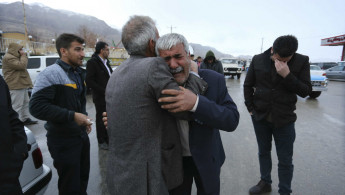
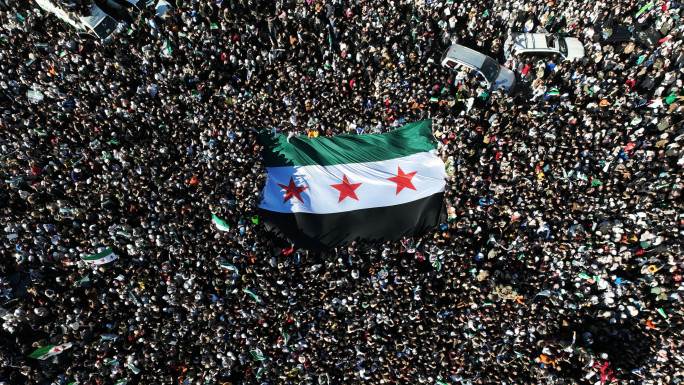
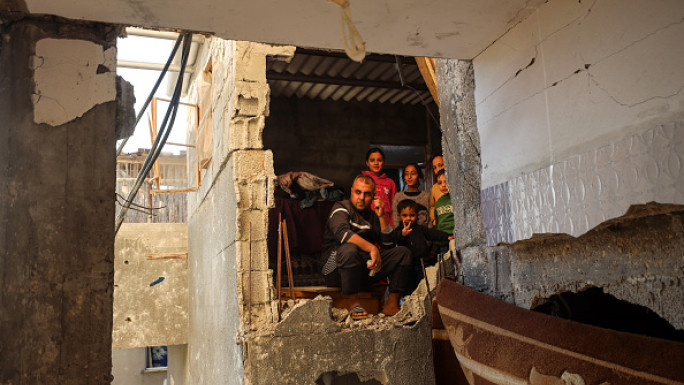
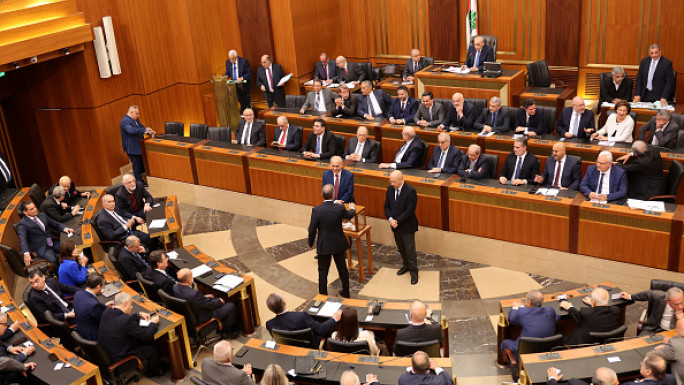
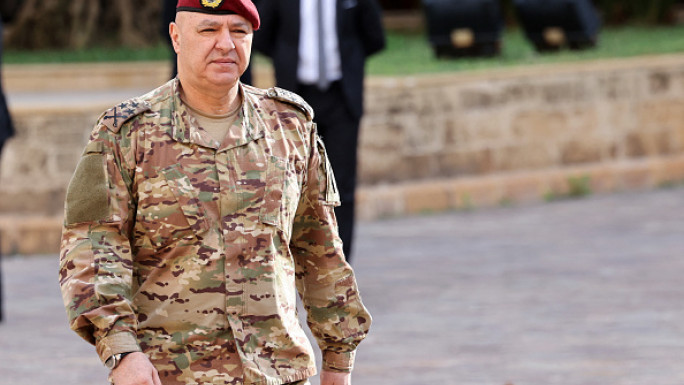
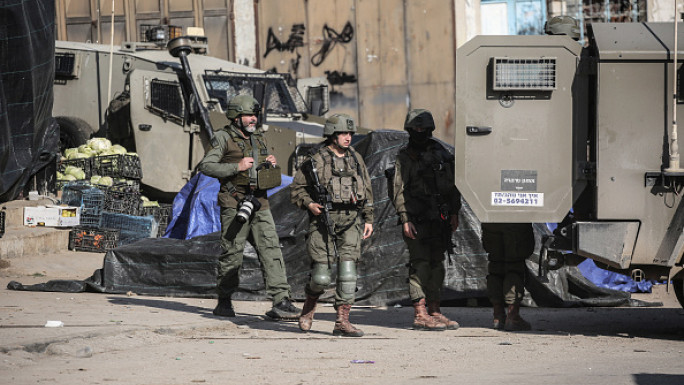
![Anthony Blinken speech [Getty] Anthony Blinken speech [Getty]](/sites/default/files/styles/image_684x385/public/media/images/6263436E-8ACD-4D3C-9055-25A7BE79DD5A.jpg?h=d1cb525d&itok=fLHmHCRG)
 Follow the Middle East's top stories in English at The New Arab on Google News
Follow the Middle East's top stories in English at The New Arab on Google News
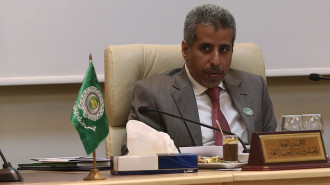
![Hajj Saudi Arabia [Getty]](/sites/default/files/styles/image_330x185/public/2157179630.jpeg?h=a5f2f23a&itok=kuo1G9Hw)
![French President Macron [Getty]](/sites/default/files/styles/image_330x185/public/2192150629.jpeg?h=a5f2f23a&itok=_lRlOebg)